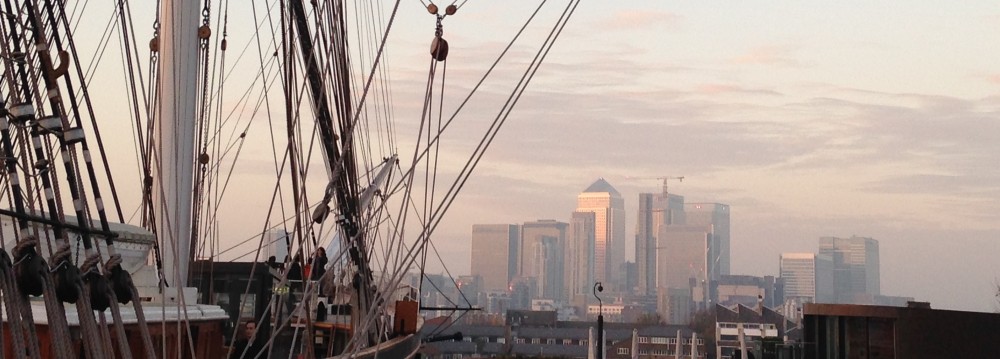Sunday morning and a plaque in Rochester Cathedral
Rochester Cathedral is rich in history, architecture and ornamentation. Its nave is a marvellous space. But the thing that caught my eye on a recent Sunday morning was the Dongola Expedition of 1896. Well, not the Expedition itself, but rather a memorial plaque along the cathedral’s aisle, just off of the transept. The plaque was short on details, but as it commemorated two lost lives, I took it that the expedition hadn’t gone well. Little did I know just how much blood was involved!
Rochester?
On a recent cold Sunday morning, we grabbed a Zipcar and headed out to do a little exploring of our new home, the United Kingdom. Our target was Rochester, England, a town on the River Medway about 45km East and a bit South of London.
Rochester is a picturesque place with a long, historic, high street of interesting eateries and shops. Charles Dickens knew it well and set part of Great Expectations there. Founded by Romans, there is still a large castle that includes a Norman keep. The castle was besieged by King John in 1215 AD as a reprisal after rebellious barons had forced him to sign the rights-giving Magna Carta. Rochester cathedral is the second oldest in England, with the original structure consecrated in 604 AD during the time of Saxon rule. The Normans rebuilt the structure starting in 1077 AD, yielding the edifice that is still in use. As we wandered through the cathedral, I noted the memorial plaque and it haunted me. This set me to wondering about the story behind it.
 The text of the memorial plaque
The text of the memorial plaque
“In memory of R Polwhele & E H S Cator Lieutenants Royal Engineers who died on service in the Sudan 1896-7.
Erected by their Relations and by those Brother Officers who served with them on the Dongola Expedition 1896.”
The Story
During the second half of the 19th century, the British became increasingly engaged in Egypt. Among other interests, they sought to protect the link with India via the Suez Canal (which had opened in 1869) and to ensure timely repayment of Egyptian debts. With some British participation, Egypt maintained control of Sudan. This arrangement became increasingly costly after 1870 due to an Islamist rebellion (the Mahdi Revolt). As this gathered steam, the British drew back their presence and insisted that Egypt do the same.
To facilitate the withdrawal, the British sent Major General Charles George Gordon, who arrived in Khartoum February 1884. Gordon was a seasoned veteran in Sudan, having served previously as Governor-General of Sudan, a post he held on behalf of the Egyptian government and with British support. In that earlier role, he had put down rebellions, led peace missions, developed some aspects of the economy, and used his power to suppress the practice of slavery in Sudan.
Upon his return to Khartoum, Gordon evacuated civilians, wounded soldiers and others, but also feared that, left unchallenged, the Mahdi forces would advance to Egypt. So, he defied the wishes of the British authorities and organised a defence for Khartoum drawing on Egyptian, Sudanese and British forces. Soon, the Mahdi forces laid siege to the city.
Back home, popular support for Gordon prompted the government to change course. General Garnet Wolseley took command of the appropriately-named Nile Expedition, leading an army of 5,400 men with the objective of saving the situation in Khartoum. Wolseley sent 2,400 troops by camel and the rest travelled up the Nile with the support of roughly 400 boatmen specially recruited from Canada for that purpose.
Alas, conditions deteriorated for the defenders of Khartoum and the city fell to the attacking army (50,000 strong) on 25 January 1885, two days before the reinforcements arrived. The victorious army massacred the garrison and cut off Gordon’s head and presented it to their leader, Muhammad Ahmad, the Mahdi.
This did not set well with the British. In the 1890s, they mobilised the latest military resources and with Egyptian support launched a campaign under General Herbert Kitchener to regain control of Sudan. Lieutenants Polwhele and Cator, as engineers, played some role in the construction of infrastructure for the advance and resupply of the British army (including railroads). In the course of this, they lost their lives.
Eventually the British-led forces defeated the rebels at their capital in 1898. Some 10000 defenders lost their lives in the battle. The British then set up the Anglo-Egyptian administration and established colonial dominion over Sudan until its independence in 1956.
Paying attention
This quick summation does not do the story justice. Indeed, books have been written on the topic. For example, Winston Churchill penned a famous — and in places controversial — volume entitled “The River War: An Account of the Reconquest of the Sudan“. Nonetheless, even from the glimpse shared in this blog post, it is clear that the story underlying the plaque in Rochester Cathedral is a harrowing tale of violence, valour and imperialism.
My pause in front of the plaque opened a new horizon for me, a chance to view the history of the Cathedral from a different angle. That is, it led me to consider not just the physical structure, but also some of the people associated with it. This reminded me of the value of taking a moment every now and then to stop and take in the environment around me.
======
Selected sources and references:
The Nile Expedition – http://en.wikipedia.org/wiki/Nile_Expedition
The Mahdist War – http://en.wikipedia.org/wiki/Mahdist_War
Charles George Gordon – http://en.wikipedia.org/wiki/Charles_George_Gordon
The River War by Winston Churchill (Available on-line for free via University of Pittsburgh)
[flagallery gid=25]


















